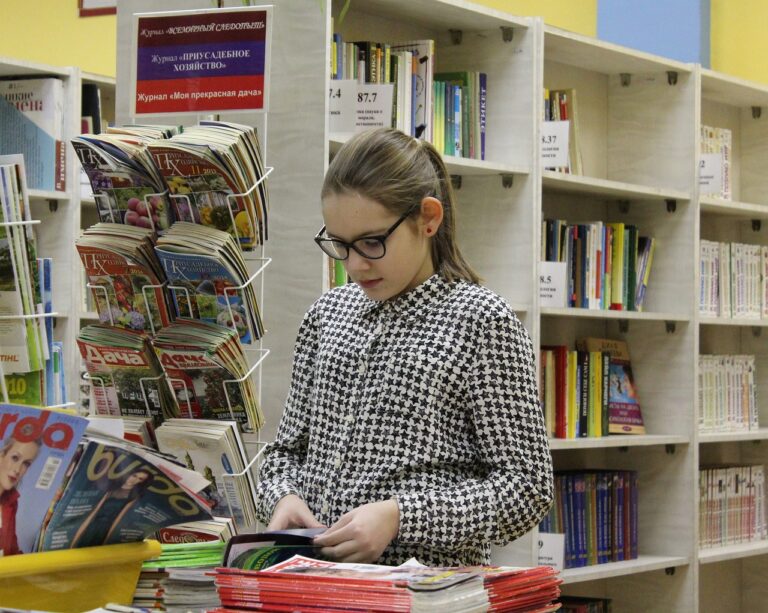Addressing Equity in Access to Advanced Placement Courses for Gifted Students
Gifted students often encounter obstacles when attempting to access Advanced Placement (AP) courses, despite their academic capabilities. One common challenge is the lack of availability of AP courses at their schools. Many schools offer limited AP course options, making it difficult for gifted students to enroll in courses that align with their interests and abilities. As a result, these students may not have the opportunity to maximize their potential and be adequately challenged in their academic studies.
Additionally, gifted students may face barriers in accessing AP courses due to scheduling conflicts or course prerequisites. Some schools have rigid course schedules that do not accommodate students who wish to take multiple AP courses or have competing commitments outside of school. Moreover, prerequisites for AP courses, such as specific grade point averages or completion of prerequisite courses, can create barriers for gifted students who may be ready for more advanced coursework but are unable to meet these requirements. These challenges can limit gifted students’ access to AP courses and hinder their academic growth and development.
Historical Disparities in Advanced Placement Course Offerings
Historical disparities in Advanced Placement course offerings have been a longstanding issue within the education system. The unequal distribution of AP courses across schools has perpetuated inequities in access to advanced educational opportunities for students from different socioeconomic backgrounds. This lack of equal access not only limits the academic growth of gifted students but also widens the achievement gap between privileged and underprivileged learners.
Moreover, the historical disparities in AP course offerings have reinforced the existing social stratification within the education system. Schools in affluent areas are more likely to provide a wide array of AP courses, while those in low-income neighborhoods struggle to offer even the basics. This disparity not only affects the college readiness of students but also hinders their ability to compete on a level playing field when applying for higher education opportunities.
• The unequal distribution of AP courses exacerbates existing inequalities in educational opportunities
• Lack of access to advanced coursework limits academic growth for gifted students
• Disparities widen the achievement gap between privileged and underprivileged learners
• Schools in affluent areas offer more AP courses compared to those in low-income neighborhoods
• Disparity affects college readiness and competitiveness in higher education applications
Impacts of Socioeconomic Status on Access to Advanced Placement Courses
Access to Advanced Placement (AP) courses is not always equitable, with socioeconomic status playing a significant role in determining which students have the opportunity to enroll in these rigorous programs. Students from higher socioeconomic backgrounds often have greater access to resources such as private tutors, test prep materials, and extracurricular activities that can enhance their academic performance and readiness for AP coursework. As a result, students from lower socioeconomic backgrounds may face barriers in accessing AP courses and may struggle to compete with their more advantaged peers.
Furthermore, the cost associated with AP exams and course materials can present a financial burden for students from low-income families. These additional expenses may deter students from enrolling in AP courses, limiting their ability to earn college credit or demonstrate their academic capabilities to college admissions officers. As a result, disparities in socioeconomic status can perpetuate inequities in access to advanced coursework, ultimately impacting students’ opportunities for academic growth and success.
What are some challenges faced by gifted students in accessing Advanced Placement courses?
Gifted students may face barriers such as lack of awareness of AP course offerings, limited availability of AP courses at their school, and socioeconomic factors that affect their ability to participate.
How have historical disparities impacted the offerings of Advanced Placement courses?
Historical disparities have led to unequal access to AP courses for students from different socioeconomic backgrounds and racial/ethnic groups, leading to inequities in educational opportunities.
How does socioeconomic status influence access to Advanced Placement courses?
Socioeconomic status can impact access to AP courses through factors such as limited resources for test preparation, lack of support from parents or school staff, and unequal distribution of AP courses in schools serving low-income communities.





